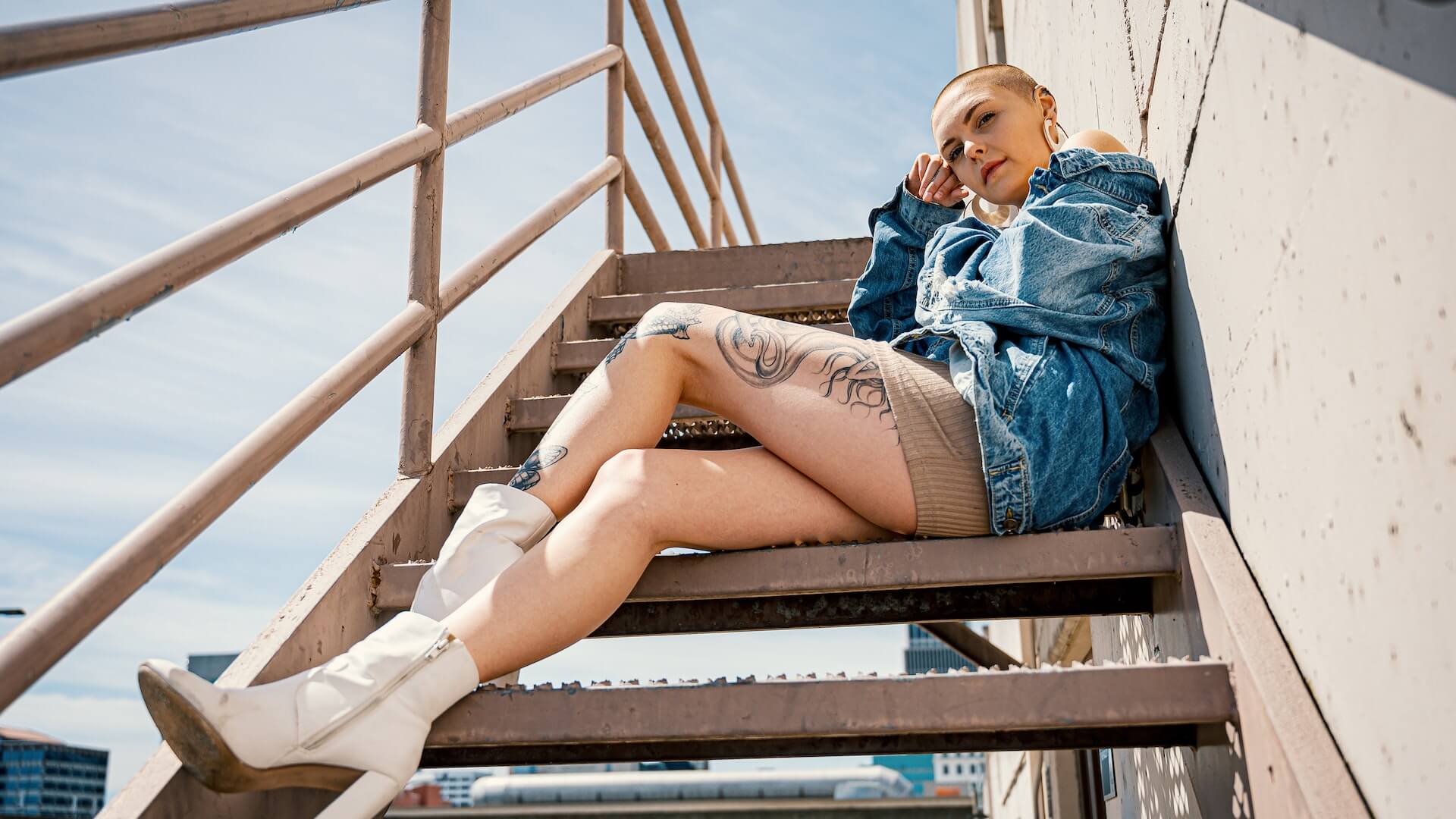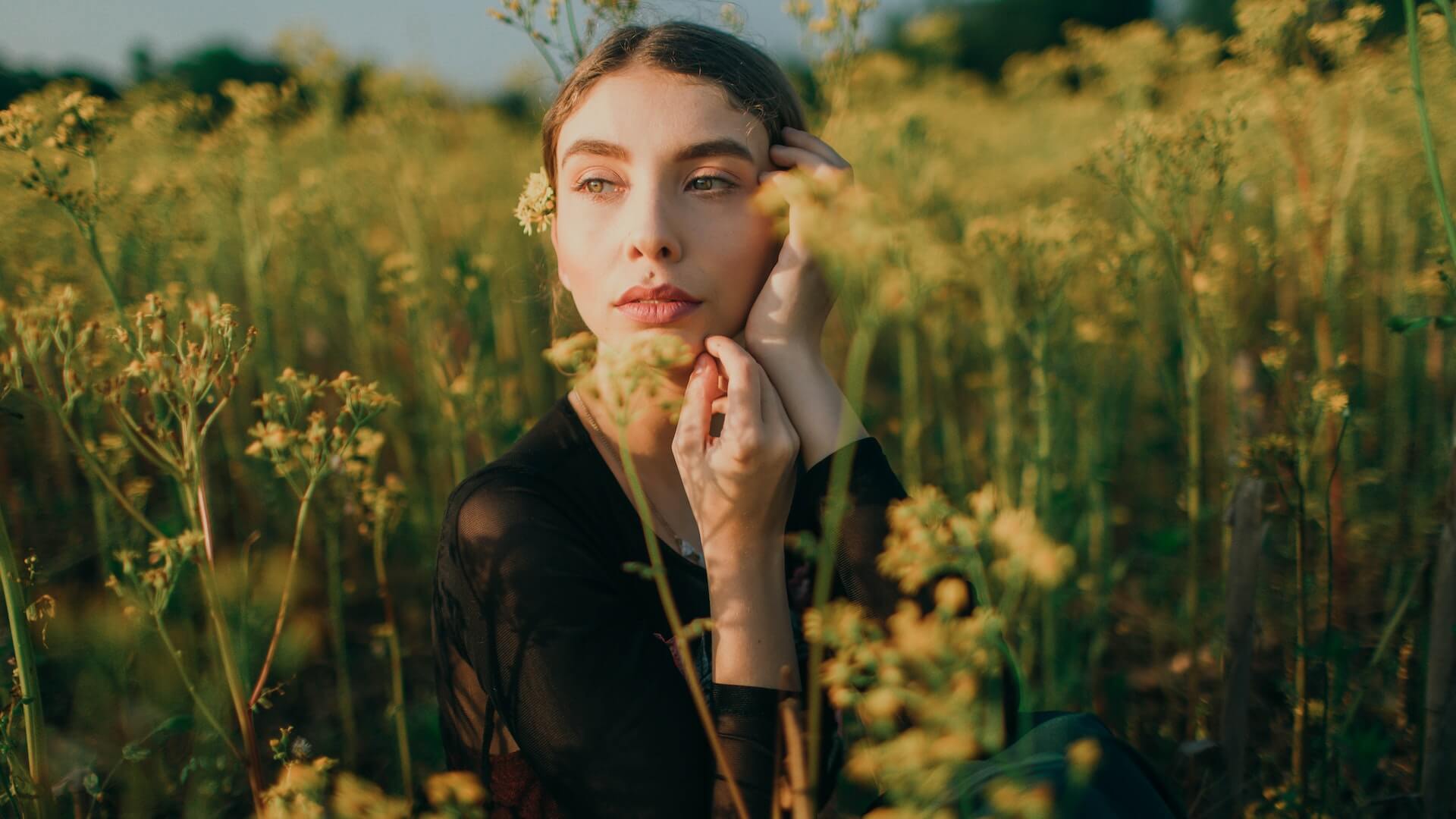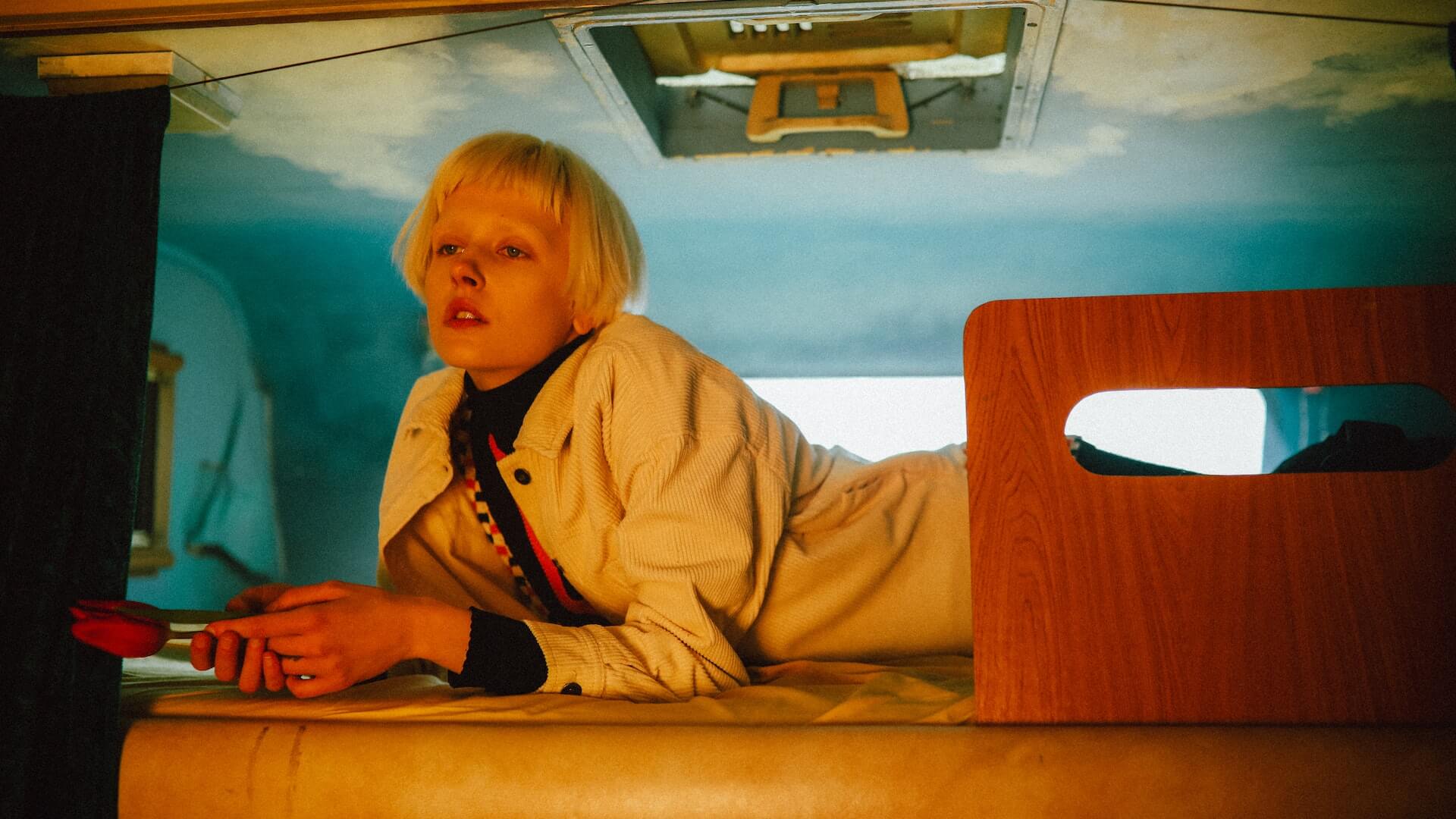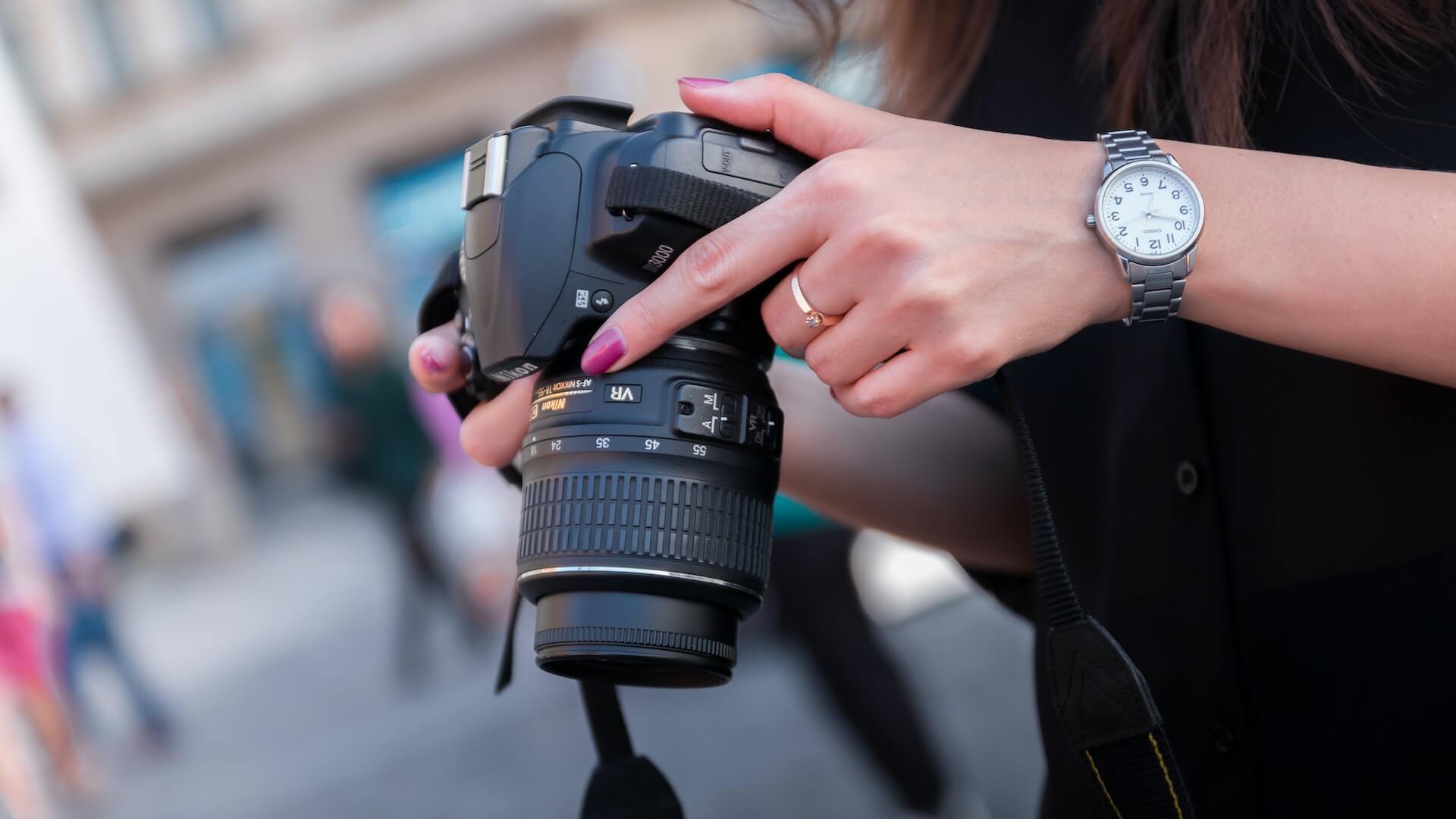Editorial photography is a unique form of art that captures the essence of a subject or story through images. It is a powerful tool that can be used to tell a story, evoke emotions, and communicate important messages. Editorial photographers are skilled professionals who have a unique ability to capture the essence of a subject matter in a single frame. They work closely with writers, editors, and designers to create images that complement the written content and bring a story to life. In this post, we will explore the art of editorial photography, what sets it apart from other forms of photography, and how it can be used to evoke emotion and tell compelling stories. Whether you are a photographer looking to improve your skills or simply interested in the art of editorial photography, this post will provide you with valuable insights and inspiration.
Introduction to editorial photography
Editorial photography is a captivating art form that seamlessly blends creativity, storytelling, and visual aesthetics. It goes beyond mere documentation, elevating moments and subjects to create powerful narratives that evoke emotions and provoke thought.

Unlike commercial photography, which focuses on promoting products or services, editorial photography aims to tell a story or convey a message through images. It is often commissioned by publishers, magazines, and newspapers to accompany articles, features, or editorials.
One of the key elements that sets editorial photography apart is its ability to capture the essence of a subject or a moment. It goes beyond surface-level aesthetics, delving into the deeper layers of human experiences, cultural nuances, and societal issues. Every frame tells a story, and every composition is carefully crafted to evoke a specific mood or convey a particular idea.
Understanding the concept of capturing the essence
Capturing the essence is the ultimate goal of every editorial photographer. It goes beyond just capturing a moment or a subject; it is about conveying the true essence and soul of the subject through the lens of the camera.
To understand the concept of capturing the essence, one must delve deep into the heart of storytelling. Editorial photography is not just about taking beautiful pictures; it is about telling powerful stories that resonate with the viewers.
The essence can be found in the details – the subtle expressions, the body language, the environment, and the emotions that are evoked. It requires a keen eye and a deep understanding of the subject to capture those fleeting moments that truly encapsulate the essence.
A skilled editorial photographer knows how to create a connection between the subject and the viewer. They possess the ability to capture raw and authentic emotions that transport the viewer into the world of the subject, allowing them to experience the story firsthand.
To capture the essence, it is crucial to establish a rapport and trust with the subject. This helps create a comfortable and relaxed environment, allowing the subject to reveal their true self. The photographer must be patient, observant, and sensitive to the nuances of the subject’s personality and the surrounding atmosphere.
Furthermore, understanding the purpose and context of the editorial shoot is essential. Whether it’s a fashion spread, a documentary piece, or a feature story, the photographer must align their vision with the intended message to ensure the essence is effectively translated.
Choosing the right subject for editorial photography
The subject is the main focus of your image, and it plays a pivotal role in conveying the intended message or emotion to the viewers.

When selecting a subject, it’s important to consider the theme or narrative you want to portray. Whether it’s a fashion editorial, a travel feature, or a lifestyle piece, the subject should align with the overall story you’re trying to tell. For example, if you’re aiming for a fashion editorial that exudes elegance and sophistication, choosing a model who embodies those qualities will help bring your vision to life.
Another factor to consider is the uniqueness or relevance of the subject. Editorial photography often aims to inspire and captivate the audience, so selecting subjects that are distinctive, intriguing, or culturally significant can add depth and interest to your images. This could be a person with a captivating story, a location with historical or symbolic significance, or an object that represents a particular concept or trend.
Additionally, it’s essential to choose subjects who are comfortable in front of the camera and can effectively convey the desired emotions or expressions. The subject’s body language, facial expressions, and overall presence should align with the mood and tone of the editorial. Collaborating with professional models, experienced individuals, or subject matter experts can greatly enhance the quality and authenticity of your photographs.
Lastly, keep in mind that the subject should also complement the overall aesthetics and composition of the image. Consider factors such as lighting, background, and styling to ensure that the subject stands out and harmonizes with the visual elements of the photograph.
Researching and planning your editorial shoot
Researching and planning are essential steps in creating captivating editorial photography. Before you even pick up your camera, take the time to immerse yourself in the subject matter and understand the story you want to tell through your images.
Start by conducting thorough research on the theme or concept of your editorial shoot. Dive into books, magazines, and online resources to gather inspiration and gain insights into the visual style, mood, and aesthetic you want to achieve. Look for references that align with your vision and study the work of renowned editorial photographers for inspiration.
Next, develop a clear concept or narrative for your shoot. Think about the message or story you want to convey and brainstorm creative ideas to bring it to life. Consider the location, props, styling, and models that will enhance your concept and evoke the desired emotions.
Once you have a solid concept in mind, create a detailed shot list or storyboard to map out the specific shots you want to capture. This will serve as a roadmap during the shoot and ensure that you cover all the necessary elements to tell your story effectively.
In addition to planning the visuals, don’t forget to consider the logistical aspects of the shoot. Determine the ideal time, date, and duration for the shoot, taking into account factors such as lighting conditions and availability of key locations. Make a list of any necessary permits or permissions that may be required to ensure a smooth and hassle-free experience.
Lastly, collaborate with a team of professionals who can bring your vision to life. This may include stylists, hair and makeup artists, models, and assistants. Communicate your concept clearly to each team member and ensure everyone is aligned on the overall vision and objectives of the shoot.
Setting the mood and creating a narrative
As a photographer, your goal is not only to create visually stunning images but also to tell a story and evoke emotions through your work.

One way to set the mood is through careful consideration of lighting. The choice of lighting can completely transform the mood of a photograph. Soft, diffused lighting can create a dreamy and romantic atmosphere, while harsh lighting can add drama and intensity. The use of natural light versus artificial light can also have a significant impact on the overall mood of the image.
In addition to lighting, the choice of location plays a vital role in creating a narrative. The location should complement the concept and theme of the editorial, whether it’s a serene beach, a bustling city street, or an enchanting forest. The surroundings should enhance the story you want to tell, adding depth and context to the images.
Another important aspect is the selection of props, styling, and wardrobe. These elements help to establish the narrative by providing visual cues and adding layers of meaning to the photographs. The props and styling should be carefully curated to enhance the overall concept and evoke the desired emotions from the viewer.
Collaboration with models, makeup artists, and stylists is also crucial in setting the mood and creating a narrative. Communicate your vision and ideas to the team, and work together to bring the concept to life. Each individual involved should understand the story you want to tell and contribute their expertise to help execute it successfully.
Selecting the appropriate location and props
The right location can enhance the overall aesthetics of the photograph and create a sense of connection between the subject and the environment.
When choosing a location, consider the concept and theme of the editorial shoot. Whether it’s a serene beach, an urban cityscape, or a cozy café, the location should align with the intended narrative and evoke the desired emotions. It’s essential to scout potential locations beforehand to ensure they meet the desired requirements, such as lighting conditions, architectural elements, or natural backdrops.
In addition to the location, props play a significant role in enhancing the visual impact of the photograph. Props can add depth, texture, and context to the image, bringing the narrative to life. Careful consideration should be given to the selection of props, ensuring they complement the subject and the overall concept rather than overpowering or distracting from it.
The choice of props should be guided by the story being told. For example, if the shoot revolves around a bohemian theme, incorporating vintage furniture, eclectic accessories, and vibrant textiles can help create an authentic atmosphere. On the other hand, a minimalist aesthetic may call for clean lines, simple props, and a less cluttered background.
Working with models and subjects to convey the desired message
Whether shooting fashion spreads, lifestyle features, or conceptual editorials, the collaboration between the photographer and the model or subject is essential in capturing the essence of the story.

When selecting models or subjects for an editorial shoot, it is important to consider their suitability for the intended concept. Models with the right look, attitude, and ability to emote can bring the vision to life. Likewise, choosing the right subjects who align with the narrative or theme can add depth and authenticity to the images.
During the shoot, effective communication and direction are key. Photographers need to clearly articulate the mood, emotions, and poses they want to capture. This involves providing guidance on body language, facial expressions, and overall energy to ensure that the images accurately convey the intended message.
Creating a comfortable and collaborative atmosphere on set is also crucial. Models and subjects should feel at ease and be encouraged to bring their own creativity and interpretation to the shoot. This can result in unexpected and unique moments that enhance the storytelling aspect of the editorial.
Additionally, photographers must be adaptable and responsive to the dynamics of the shoot. They should be open to experimenting with different poses, angles, and compositions to capture the most compelling shots. This flexibility allows for the exploration of new ideas and the possibility of capturing something truly remarkable.
Post-production plays an important role in shaping the final outcome of the editorial images. Careful selection and editing of the photographs can further enhance the desired message. This involves choosing the best shots that encapsulate the essence of the story and applying appropriate editing techniques to achieve the desired aesthetic.
Utilizing lighting techniques to enhance the mood and atmosphere
In the art of editorial photography, lighting plays a pivotal role in capturing the essence and conveying the desired mood and atmosphere of a subject or a scene. It is a powerful tool that can transform an ordinary photograph into a captivating and evocative masterpiece.
One technique that photographers often employ is the use of natural light. The soft, diffused light of golden hour or the dramatic shadows cast by the sun at different times of the day can add depth and dimension to the image. By positioning the subject in the right spot and utilizing the available natural light, photographers can create a sense of warmth, tranquility, or even mystery that enhances the overall narrative of the photograph.
On the other hand, artificial lighting, such as studio lights or off-camera flashes, provides photographers with more control over the lighting setup. This allows them to manipulate the intensity, direction, and color of the light to precisely sculpt the desired mood and atmosphere. By using techniques like backlighting, sidelighting, or using gels to add a splash of color, photographers can create visually striking and emotionally engaging images that leave a lasting impact on the viewer.
Furthermore, the use of lighting modifiers, such as diffusers and reflectors, can help soften harsh light or bounce light onto specific areas, effectively highlighting or creating shadows to enhance the overall composition. These tools give photographers the ability to shape and mold the light, ultimately bringing out the desired emotions and atmosphere in the photograph.
Post-processing and editing for editorial photography
Post-processing and editing play a crucial role in elevating the essence and impact of editorial photography. This stage is where photographers can truly bring their vision to life and create a cohesive narrative that resonates with the audience.
One of the primary objectives of editorial photography is to tell a story or convey a message. Post-processing allows photographers to enhance the mood, atmosphere, and emotions captured in the images. Through careful editing techniques, such as adjusting exposure, contrast, color grading, and sharpening, photographers can emphasize the desired elements and evoke specific feelings from the viewers.
Moreover, post-processing enables photographers to refine the composition and overall aesthetics of the images. This may involve cropping, straightening, or removing distracting elements to ensure that the focus remains on the subject or the intended narrative. Additionally, photographers can experiment with various creative effects, such as black and white conversions, split toning, or adding textures, to add a unique touch and enhance the visual impact of their work.
It is important, however, for photographers to maintain ethical standards when editing editorial photographs. While minor retouching to refine skin tones or remove minor distractions is widely accepted, altering the essence of the subject or misrepresenting reality should be avoided. Editorial photography aims to capture authenticity and truthfulness, and excessive manipulation can undermine the integrity of the storytelling process.
Showcasing your work and getting noticed as an editorial photographer
With the increasing popularity of social media platforms and the vast online space, there are numerous opportunities to make a lasting impression and attract the attention of potential clients and collaborators.

One effective way to showcase your work is by creating a visually stunning portfolio website. This serves as a digital gallery where you can curate your best editorial photographs, providing visitors with a glimpse into your unique style and storytelling abilities. Ensure that your website is user-friendly, visually appealing, and showcases your work in a cohesive and organized manner.
In addition to your website, leveraging social media platforms can greatly enhance your visibility. Instagram, in particular, has become a go-to platform for photographers to share their work and engage with a community of like-minded individuals. Regularly updating your Instagram feed with captivating images, behind-the-scenes shots, and meaningful captions can help you connect with followers and garner attention from potential clients.
Collaborating with other creatives in the industry is another excellent way to get noticed. By working with stylists, makeup artists, designers, and models, you can create powerful editorial shoots that showcase your skills and expand your network. These collaborations not only result in stunning visuals but also provide opportunities for cross-promotion, as each collaborator can share the work on their respective platforms, amplifying its reach.
Submitting your work to relevant publications and competitions can also increase your chances of getting noticed. Many magazines and online platforms actively seek out new talent and fresh perspectives. Research and identify publications that align with your aesthetic and submit your work for consideration. Winning or being featured in these publications can significantly boost your credibility and attract attention from potential clients and industry professionals.
Lastly, networking and attending industry events are invaluable for establishing connections and getting noticed. Attend photography conferences, workshops, and exhibitions to meet fellow photographers, art directors, magazine editors, and other industry insiders. Building relationships and fostering genuine connections can lead to exciting opportunities and exposure for your work.
Conclusion
Editorial photography is a captivating form of visual storytelling that allows photographers to capture the essence of a subject or a story. By following the tips and techniques we shared in this article, you can elevate your editorial photography skills and create compelling images that resonate with your audience. So go out there, find your inspiration, and let your creativity shine through your lens. Happy shooting!



